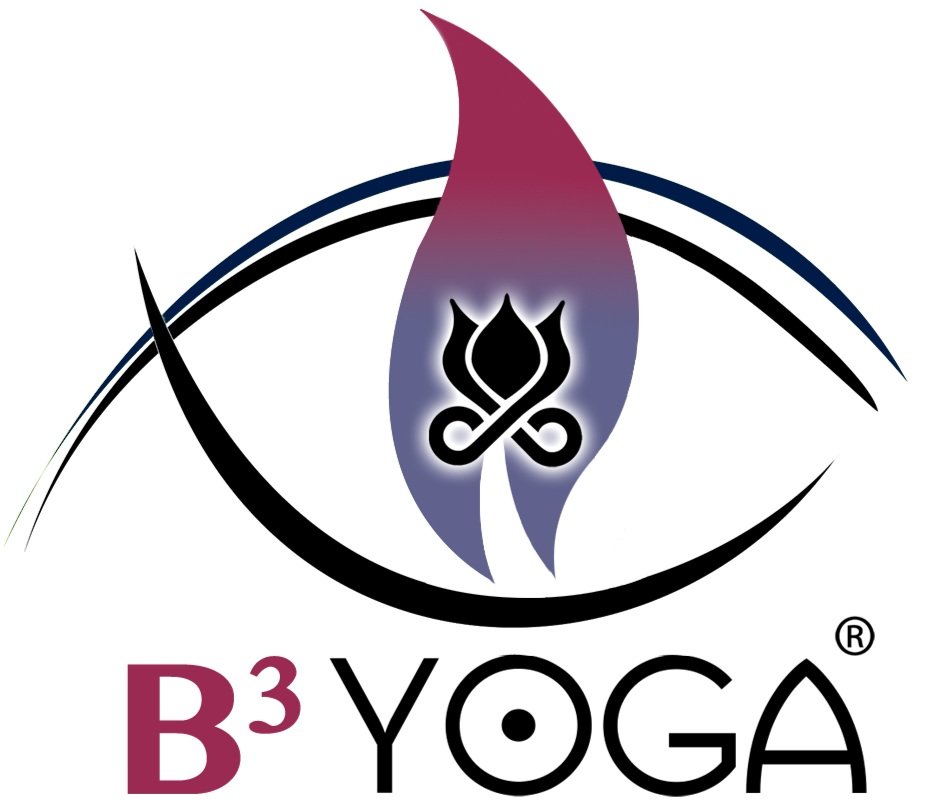Yin Yoga is a meditational and passive practice that has a primary focus on connective tissues rather than the muscular tissues. Ligaments, bones, and joints are addressed by holding passive poses for five to seven minutes. It’s important that while practicing yin yoga you stay relaxed. It’s challenging for your body to stretch the connective tissues when you are tense. Most poses in the yin practice target the areas of the body between the knees and naval and the lower body. With the help of bolsters, blankets, blocks, and straps, these long poses are made more comfortable and beneficial to each student.
What are the benefits of Yin Yoga?
There are many benefits that come along with practicing Yin Yoga. The meditational aspect helps to calm your mind and lower stress levels. Over time you will see benefits like increased mobility in your joints and hips and more flexibility in your joints and connective tissues. It is also a great way to cope with anxiety and stress.
Yin Yoga is a great practice to get you into the present moment; the slow pace and long holding times allow you to get intimate with the self, feelings, sensations, and emotions. In a fast paced yoga practice, these things are easy to avoid. The benefits of yin yoga expand past your own body and mind and into your daily life. It teaches you to “be” in the given moment and accept what is going on. By being in the present moment, we can be at peace with ourselves, allowing us to live a calmer and happier life style.
Yin is for all levels, from beginners to advanced. It helps beginners learn to connect with their bodies and work on flexibility, while in a passive practice. For advanced yogi’s, it can provide the right balance to open your mind and body and go deeper to enhance your practice. Additionally, it is a great practice for runners, cyclists, and swimmers to replenish the connective tissues and joints that are overworked in other cardio activities.





